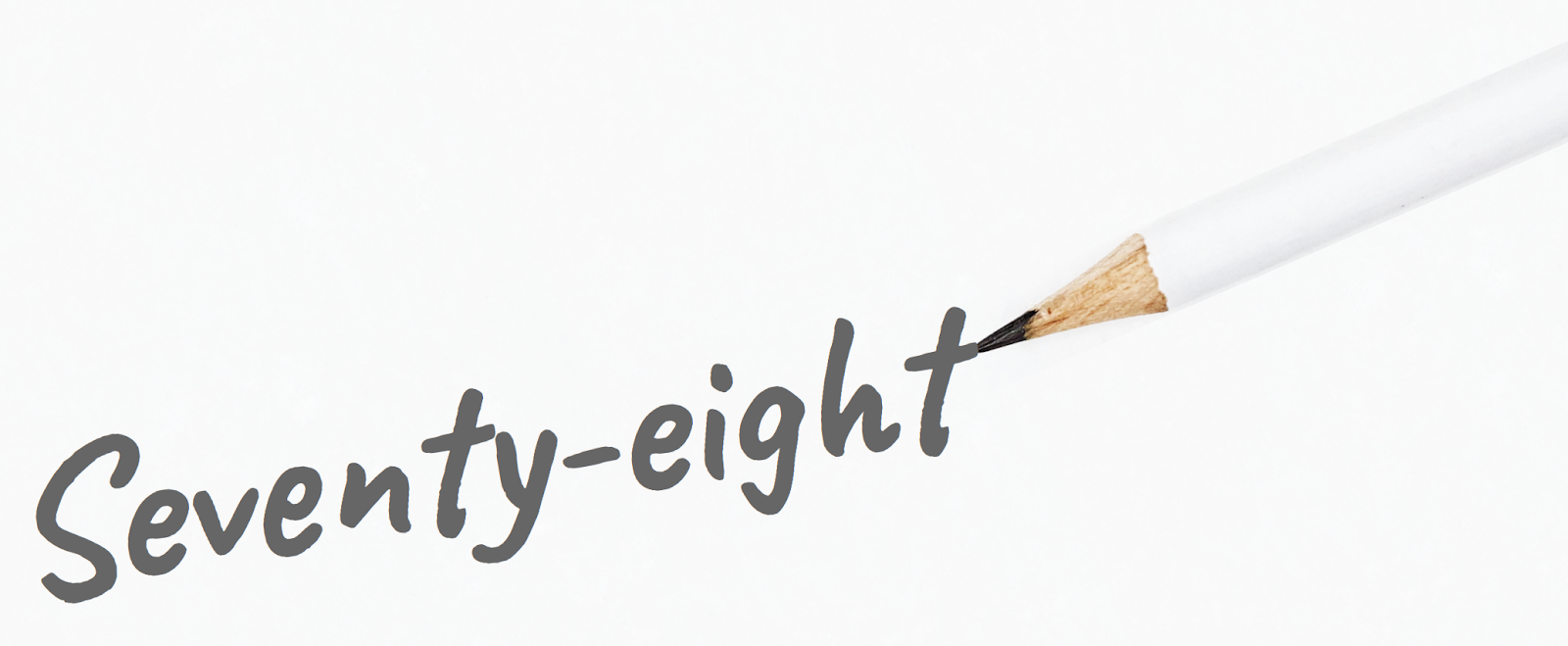Explorations and Games
Learning Goals:
- Read and print in words whole numbers, using meaningful contexts
- Make predictions related to patterns
- Develop and apply reasoning skills to make and test math predictions
The Exploration:
Pick a random number to start, then write out that number in words.
(a two-digit number is a good place to start for the first time)
Next, count the number of letters used, and write that new number out in words.
Then count the number of letters in this new second number, and write that third number out in words.
Continue this sequence for as long as you can, or until a number starts repeating.
For example, starting with 78, this would be the result:
Seventy-eight → (13 letters)
Thirteen → (8 letters)
Eight → (5 letters)
Five → (4 letters)
Four → (4 letters)
Four → (4 letters)
Try following this procedure with other starting numbers.
Do you see any patterns or similarities?
Why do you think this pattern is appearing?
Questions and Prompts to Support your Child:
- What starting numbers have you tested? What made you choose those?
- (If no similarities are appearing) Let’s check back on what you did to see what led us here.
- Do you think that’s true for all starting numbers? Why or why not?
Extensions & Adaptations:
- Perfect spelling isn’t important here, especially with larger, trickier numbers
- Try flipping the exploration into a challenge: Starting at a single-digit number, grow your pattern by choosing a larger number with that many letters, then another larger number with that many letters, and so on. Can you make decisions along the way that will land you on a specific target number?
Adapted from: University of Waterloo – CEMC Problem of the Week Database
Categories: Elementary


